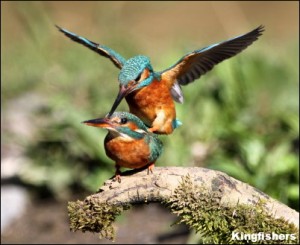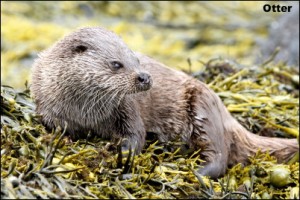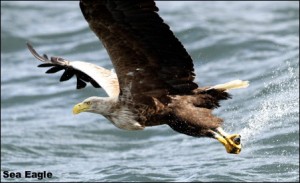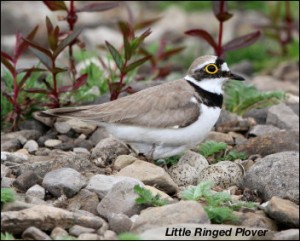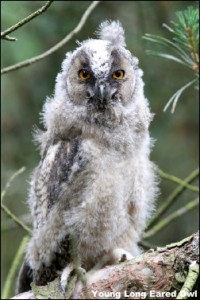Heads Down
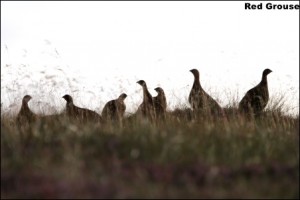
With the approach of the 12th these Red Grouse had better keep their head’s down if they want to survive to next years breeding season. Along with most other birds this year Red Grouse have had their most successful breeding season for decades. The purple heather is now full of family parties of grouse many of them comprising of more than a dozen birds.
While I was up on the moors this week I came across a late pair of breeding Short Eared Owls. They were visibly feeding at least two young that were well able to fly. In another valley a Tawny Owl was actively hunting for prey at noon. Normally this exceptional behaviour is only seen in the depth of Winter when there is little prey available. There is plenty of prey this year so I can only think that this pair of Tawny Owls have so many young to feed that they are forced to hunt during the day also. I am already aware that one pair of Tawny Owls this year have fledged five young which is totally exceptional.
The garden is now full of young birds with the latest juveniles to appear being Song Thrush and Dunnock. Click here


